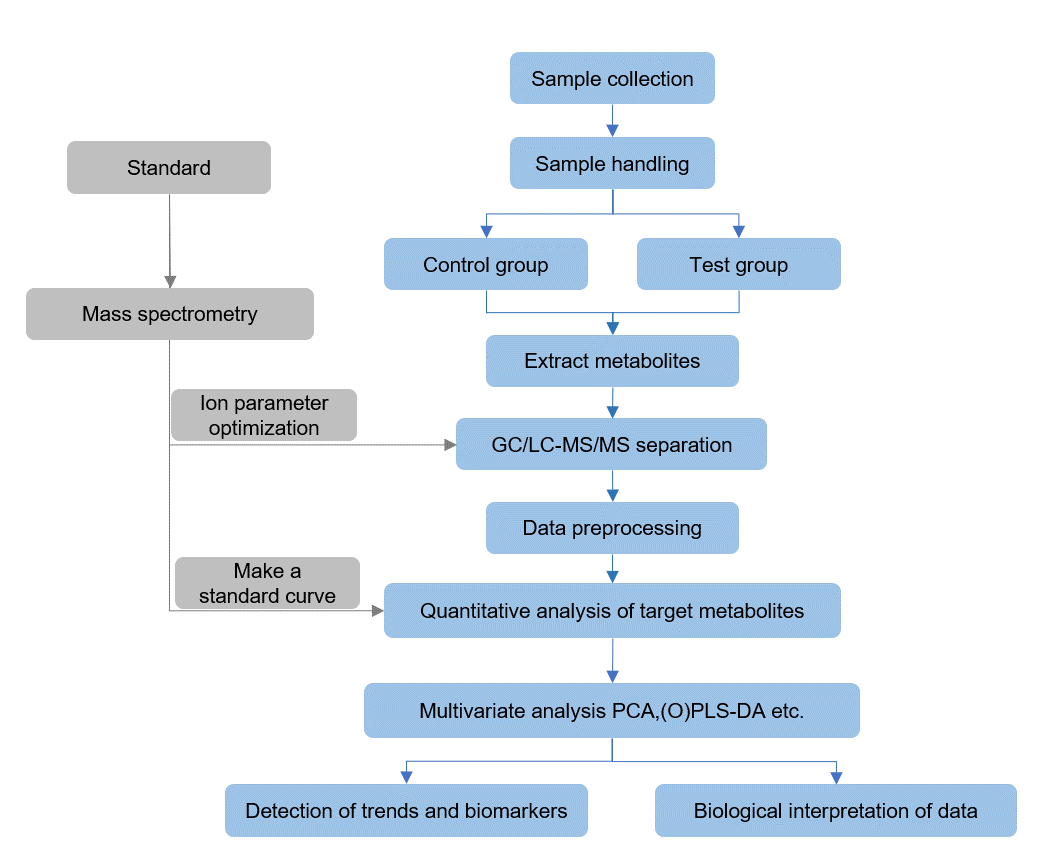Neurotoxins Analysis Service
Submit Your InquiryWhat are Neurotoxins?
Neurotoxins are chemical substances that have the potential to harm or disrupt the normal functioning of the nervous system. They specifically target neurons, the cells responsible for transmitting and processing signals in the nervous system. Neurotoxins can interfere with various aspects of neural function, including signal transmission, cell communication, and overall neuronal health.
Neurotoxins can be found in different sources, including natural sources such as certain plants, venomous animals, and bacteria. Additionally, synthetic compounds like pesticides, industrial chemicals, and some drugs can also exhibit neurotoxic properties. The severity of neurotoxicity can vary, ranging from mild effects to severe and irreversible damage.
Understanding neurotoxins is crucial in various fields, including pharmaceutical research, environmental monitoring, and occupational safety. Researchers study neurotoxins to determine their mechanisms of action, identify potential risks to human health and the environment, and develop strategies to mitigate their effects.
The technical route of targeted metabolomics of neurotoxins

Neurotoxin Assays at Creative Proteomics
Creative Proteomics offers neurotoxin detection services using the LC-MS platform, a powerful analytical technique for the identification, quantification and characterization of a wide range of compounds, including neurotoxins. Here's a simplified overview of the neurotoxin assay process:
- Sample Preparation: The process begins with the collection and extraction of samples suspected to contain neurotoxins. This can involve various matrices such as biological tissues, environmental samples, or food products.
- LC Separation: The extracted samples are then subjected to liquid chromatography, where the neurotoxins are separated based on their physicochemical properties. This separation step helps in isolating the target compounds from other interfering substances.
- Mass Spectrometry Analysis: Following separation, the neurotoxins are introduced into the mass spectrometer. The mass spectrometer ionizes the compounds and measures their mass-to-charge ratios, providing information on their molecular structure and abundance.
- Data Analysis: The data generated from LC-MS analysis is processed and analyzed using specialized software. This allows for the identification and quantification of neurotoxins present in the samples. The results are interpreted by expert scientists, providing valuable insights into the presence and concentration of neurotoxins.
Sample Requirements of Neurotoxin Assay
| Sample Requirements | Details |
|---|---|
| Sample Type | Biological tissues: Brain tissue, spinal cord, nerve samples, etc. |
| Bodily fluids: Blood, cerebrospinal fluid, urine, saliva, etc. | |
| Environmental samples: Water, soil, air, sediment, etc. | |
| Food products: Seafood, plants, agricultural products, etc. | |
| Cell cultures: Neuronal cell lines, primary neuronal cultures, etc. | |
| Sample Quantity | Serum/Plasma: minimum amount 100 µL; recommended amount 200-500 µL |
| Tissue (Homogenate): minimum amount 10 mg; recommended amount 20-50 mg | |
| Cerebrospinal fluid (CSF): minimum amount 100 µL; recommended amount 200-500 µL | |
| Urine: minimum amount 100 µL; recommended amount 200-500 µL | |
| Sample Storage | Biological tissues: -80°C or liquid nitrogen for long-term storage. |
| Bodily fluids: Refrigerated or -20°C for short-term storage. | |
| Environmental samples: Preserve as per specific guidelines. | |
| Food products: Store according to food safety regulations. | |
| Cell cultures: Store in appropriate growth media and conditions. | |
| Sample Homogenization | Perform homogenization for solid or tissue samples using suitable methods. |




